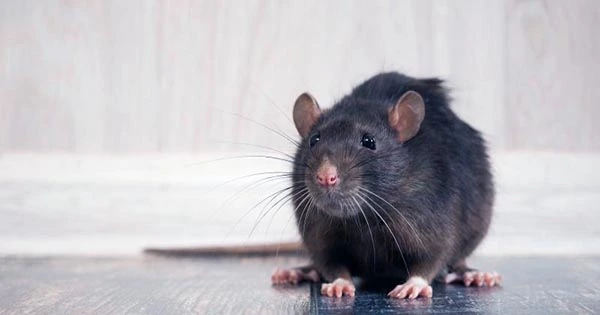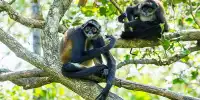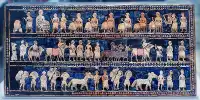Researchers have created mice with completely recombined chromosomes, a first for the globe. The genetically modified rodents are the first mammal species to have chromosome-level engineering accomplished; mice typically have 20 pairs of chromosomes.
The achievement had only before been accomplished in yeast. Science published the discovery made by scientists at the Chinese Academy of Sciences.
According to the South China Morning Post, co-author Li Wei stated, “We have accomplished total chromosomal rearrangement in mammals for the first time in the world, achieving a new advance in synthetic biology.
“This research is a breakthrough in bioengineering technology, helping to understand the impact of large-scale remodelling of mammalian chromosomes, and to gain a deeper understanding of the molecular mechanisms behind growth and development, reproductive evolution, and even the creation of a species,” says the author of the study.
Condensed DNA and protein bundles make up chromosomes. Typically, each chromosome in mice (and humans) has two copies, one from each parent. These chromosomal pairs join together during fertilization to create a new genome. Some genes can be turned on or off in this situation to express only one copy. It’s known as genomic imprinting.
But only cells with two sets of chromosomes are covered by this (diploid). Genomic imprinting is typically lost in haploid cells, such as unfertilized embryonic stem cells, meaning the knowledge of which genes should be active vanishes, according to co-first author Wang Libin.
The latest study has, however, discovered a way around this impediment. The ability to create a durable sperm-like imprinting pattern in the cells by removing three imprinted sites, according to Wang, has made it possible for the researchers to manage chromosome fusion.
They fused the entire arms of two pairs of chromosomes that shouldn’t be together: chromosomes one and two and the medium-sized chromosomes four and five (the largest two chromosomes). Three alternative configurations were produced by the two different orientations of the fusions.
51 full-term pups were eventually born after the altered embryos were placed into a surrogate womb.
While the fusion of chromosomes one and two either produced no pups or pups that were slower, larger, and more agitated depending on the orientation of the chromosomes, recombination of the two smaller chromosomes (four and five) was most successful.
The edited chromosomes were passed down when the edited mice bred with non-edited animals, however breeding was less successful than usual. This may be due to anomalies in how the chromosomes separate after aligning, according to Wang, and may show the evolutionary significance of chromosomal rearrangement.
These kinds of chromosomal alterations can result in the emergence of new species and require millions of years to develop in nature. According to co-first author Li Zhikun, primates only undergo 1.6 rearrangements every million years, but rodents undergo 3.2 to 3.5. The authors’ decision to engineer such rearrangements on a much shorter timeline could have a significant influence on the species in question.
According to Li’s conclusion, “We experimentally showed that the chromosomal rearrangement event is the driving force behind species evolution and critical for reproductive isolation, providing a viable pathway for large-scale engineering of DNA in mammals.”
Naturally, there are significant ethical issues to take into account when drastically altering an animal’s genetics. Many would contend that it is unnervingly near to “playing God” if chromosome rearrangements were used to produce a new species, even if it were only for research. Human embryo gene editing is illegal in some nations, including China, where this research was conducted.















